Mastering City Tour Guide Techniques: Lead, Connect, and Inspire
Chosen theme: Mastering City Tour Guide Techniques. Step into the streets with confidence, craft compelling moments at every corner, and turn casual walks into unforgettable journeys. Follow along, share your experiences, and subscribe for fresh, field-tested guidance tailored to guides who love their cities.
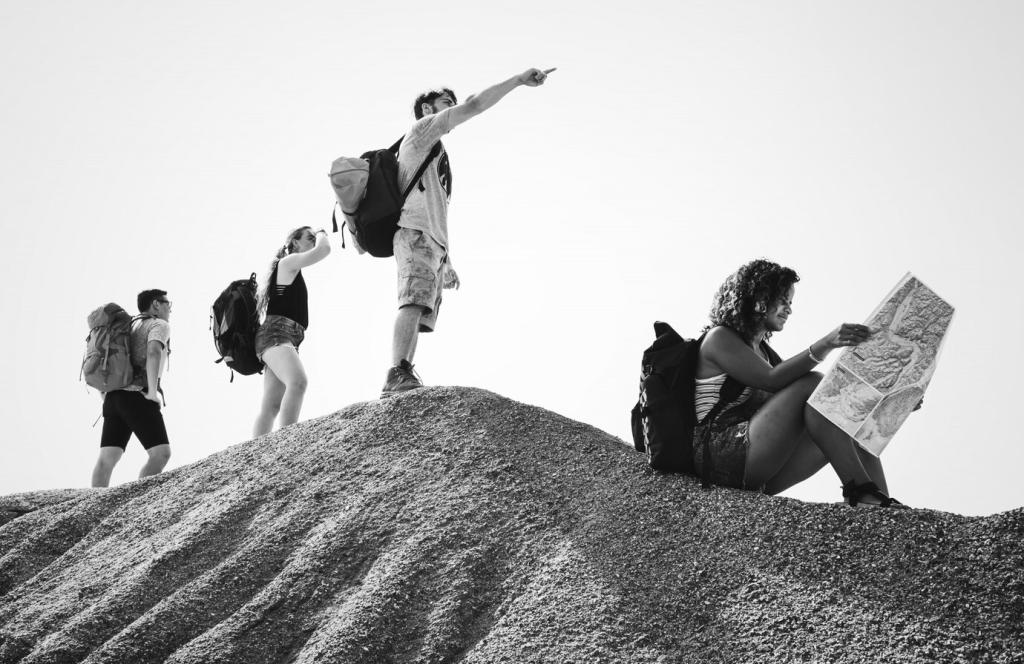
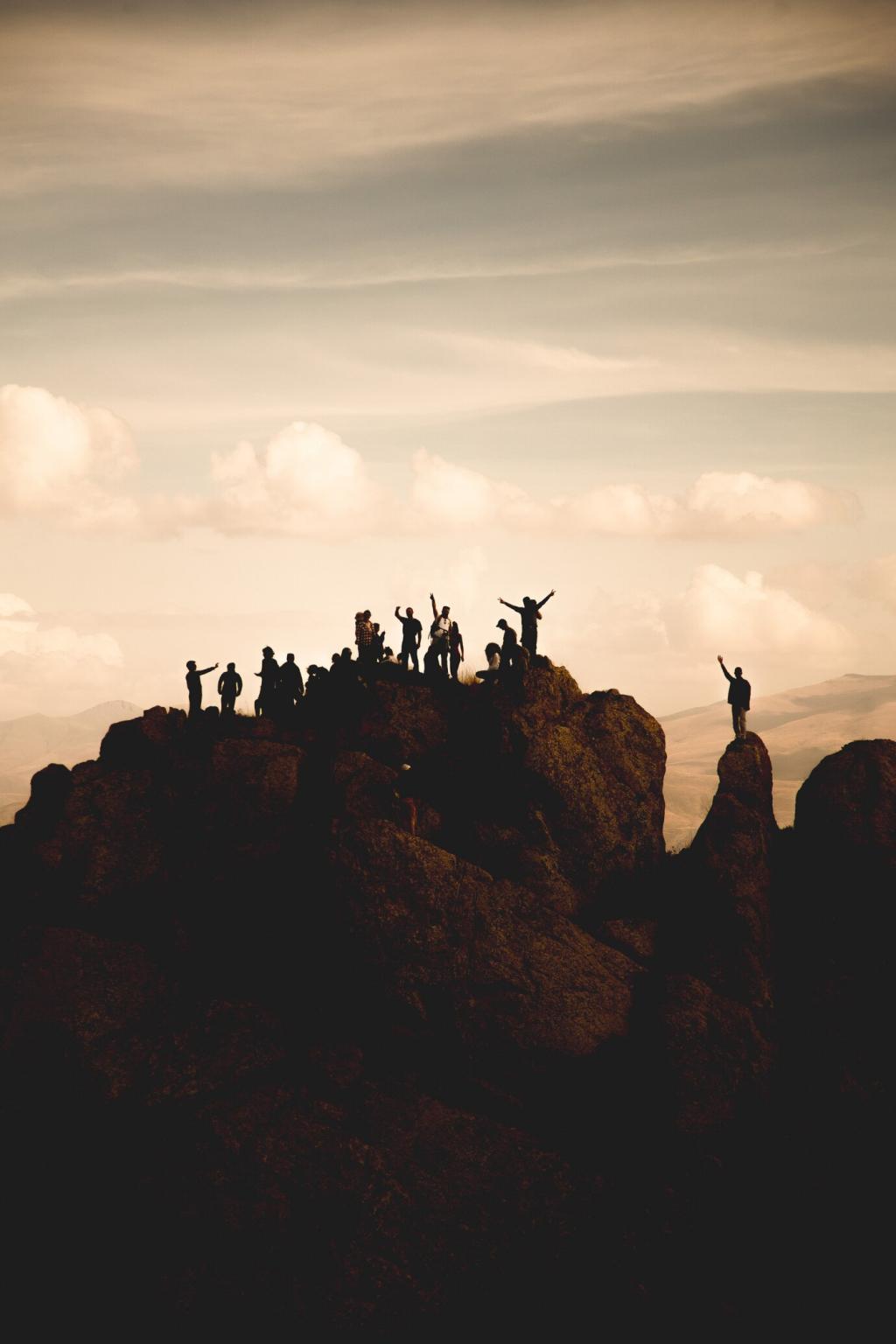

Voice, Presence, and Body Language
Breathe from your diaphragm, not your throat. Aim your voice toward the farthest listener, then soften for intimacy during reflective moments. Vary tempo and volume to underline key ideas, and consider short, strategic pauses to let curiosity and anticipation bloom.
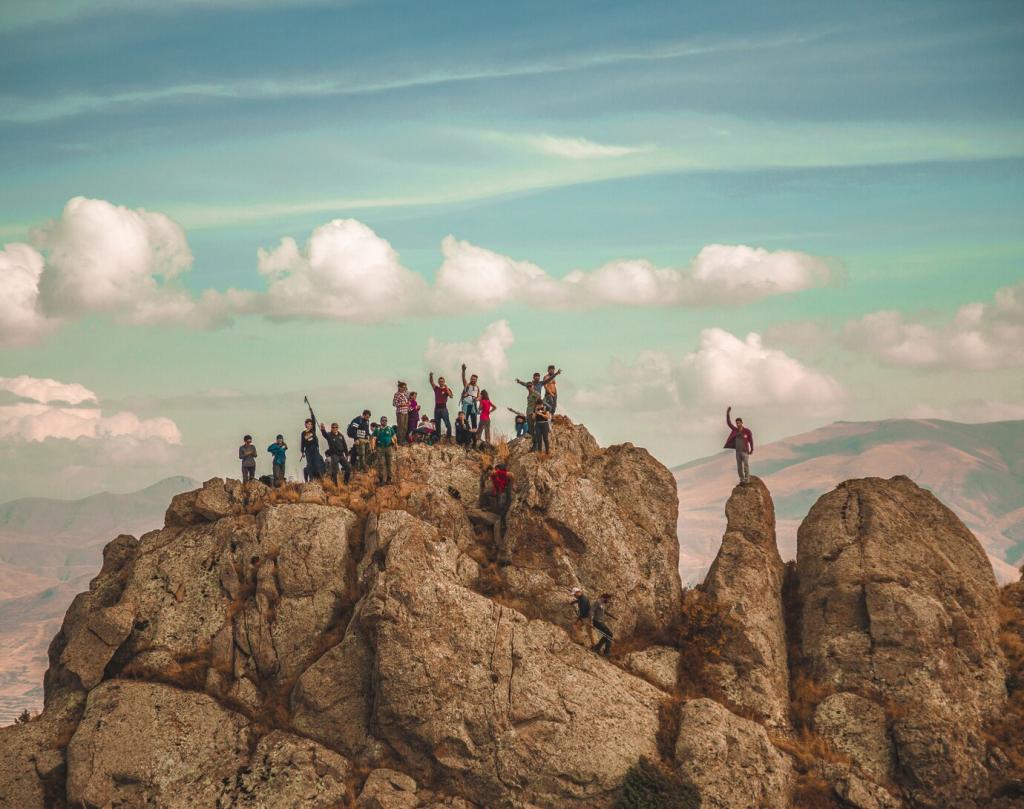

Voice, Presence, and Body Language
Stand with the sun at your back when possible so faces stay relaxed. Keep walls behind you to reduce noise and create a natural stage. Use gentle hand signals to shape the semicircle, ensuring everyone sees, hears, and feels included without constant corrections.
Designing Smart Routes and Logistics
Timeboxing and Buffers
Assign each stop a clear time window, then add a five-minute buffer every third stop. Buffers protect storytelling depth when crowds swell or traffic shifts. Announce time expectations kindly, and offer bonus facts if you finish early to reward punctuality.
Accessibility Comes First
Audit surfaces, slopes, and stairs. Offer alternative paths for mobility needs and identify accessible restrooms in advance. Describe terrain before moving, and always ask for preferences rather than assuming. Accessibility is not an add-on; it is a cornerstone of professional guiding.
Weather-Ready Plans
Prepare shade hops for summer, wind breaks for winter, and cozy indoor pivots for rain. A pocket poncho tip and warm beverage stop show foresight. Communicate plan B early so guests feel cared for, not surprised when conditions change.
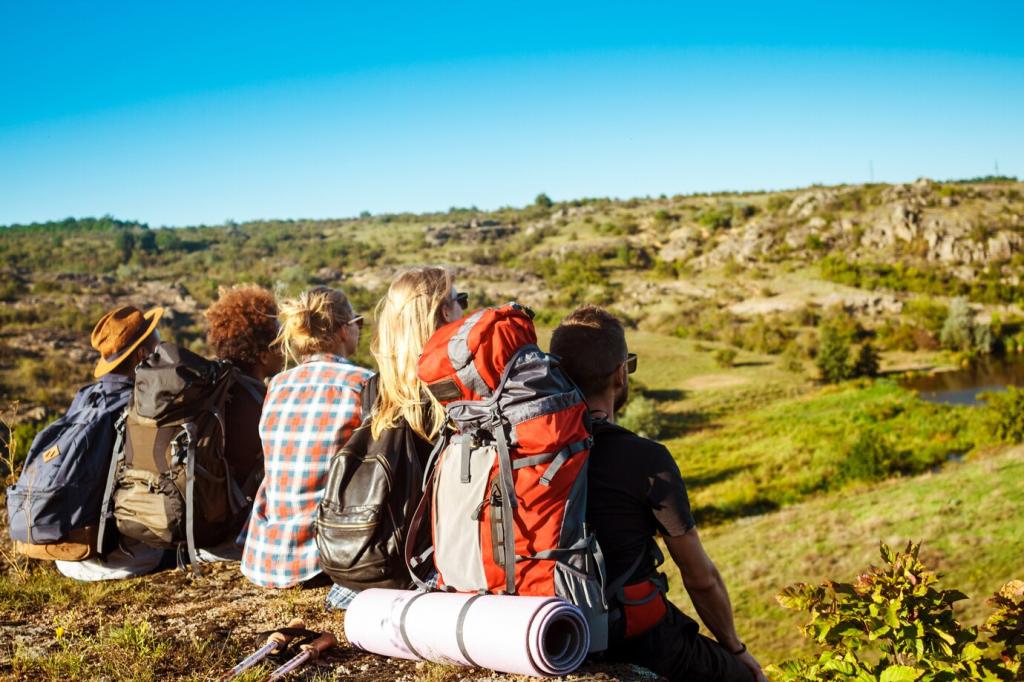
Engagement Tactics That Spark Participation
The Cold-Open Hook
Begin with a mystery, object, or question that only the tour can answer. For example, hold a worn key and ask whose door it opened. Tease the reveal later, and invite guests to collect clues as they walk and listen together.
Names, Stories, and Micro-Roles
Learn names early and assign light roles—timekeeper, historian, photographer—to spark ownership. Invite personal associations: “Who’s visited a similar market?” Story exchanges make the city feel shared, and participants naturally become your best ambassadors beyond the tour.
Playful Challenges and Photo Moments
Offer quick, optional challenges: spot a hidden symbol, recreate a historical pose, or capture a perspective shot. Encourage a group hashtag to collect memories. These micro-games energize the route while reinforcing your narrative thread with joyful, shareable evidence.
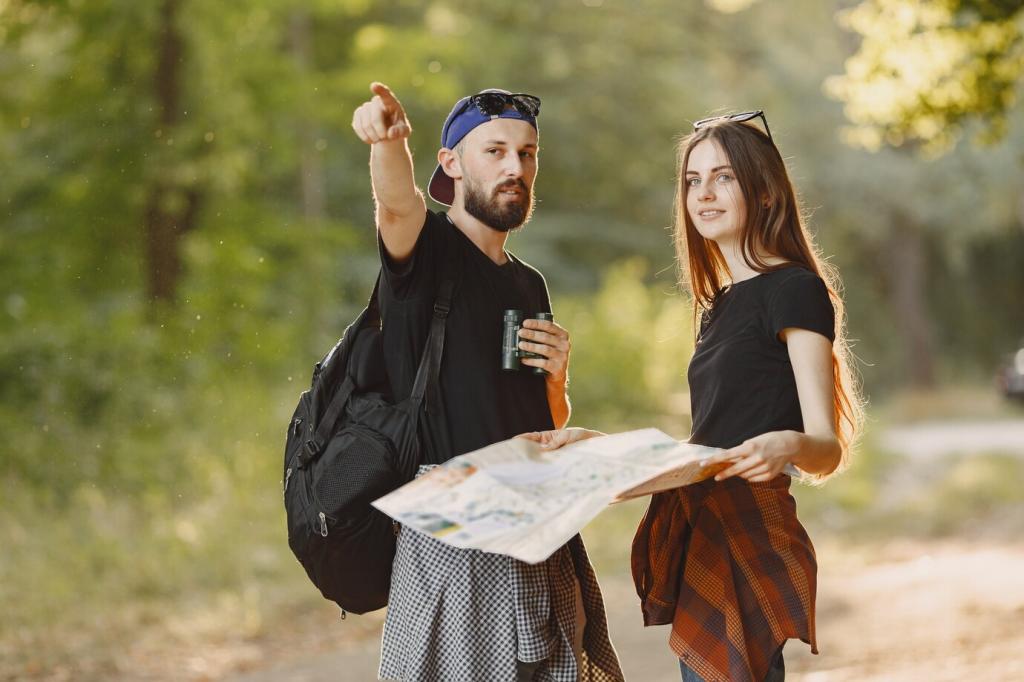

This is the heading
Lorem ipsum dolor sit amet, consectetur adipiscing elit. Ut elit tellus, luctus nec ullamcorper mattis, pulvinar dapibus leo.

This is the heading
Lorem ipsum dolor sit amet, consectetur adipiscing elit. Ut elit tellus, luctus nec ullamcorper mattis, pulvinar dapibus leo.
Audio Solutions That Fit
Choose lightweight clip-on mics for windy squares, or a whisper system for large groups near traffic. Test battery life before departure, carry spares, and set clear etiquette so technology supports connection instead of distracting from your human presence.
Visual Aids and Pocket Maps
A folded, waterproof map can orient guests quickly, while laminated photo cards reveal before-and-after views. Use arrows, circles, and contrasts to guide attention. Hand one prop to a volunteer—it anchors focus and creates a tactile, memorable teaching moment.
Mobile Resources and Follow-Ups
Create a post-tour message with links, routes, and book suggestions aligned to your narrative. A sign-up QR code captures interest at the final stop. Consistent follow-ups turn great tours into lasting communities that return, review, and recommend with enthusiasm.

